Author: William M. Peaster, Bankless; Translator: Deng Tong, Golden Finance
If DeFi has "money Lego", then NFT has "culture Lego".
To put it another way? NFT primitives.
In cryptocurrency, primitives are basic building blocks that can be used to create more complex systems or applications.
NFT primitives are important because they pave the way for new innovations and new use cases around NFTs, enabling developers to build more complex and versatile experiences.
To give you a better idea of the programmable possibilities here, let's look at 8 examples of some of the most notable NFT primitives today.
1. Zora Protocol Rewards
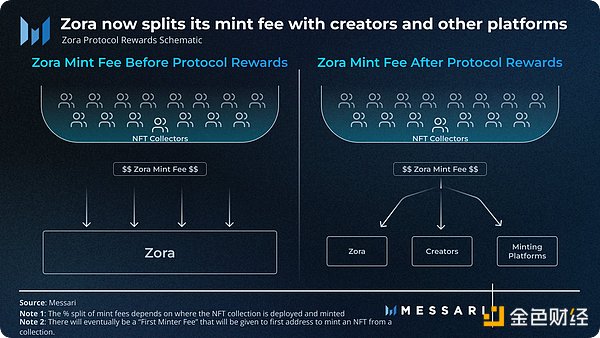
When creators choose the "Free + Rewards" pricing option when minting NFTs on Zora, they become eligible to receive protocol rewards by splitting the 0.000777 ETH Zora minting fee.
When new coins are minted, these rewards will be accumulated into the escrow contract and creators can withdraw them at any time.
Developers or platforms that promote the creation of NFT collectibles or recommend collectors to mint NFTs will also receive rewards. This includes “create referral” rewards for those who bring creators to the platform and “mint referral” rewards for those who bring collectors.
Thus, Zora Protocol Rewards introduces a foundational reward mechanism that can be leveraged to create new applications, such as a self-funded alternative Zora frontend. It can also be easily integrated into existing NFT projects and platforms.
2. ERC-6551
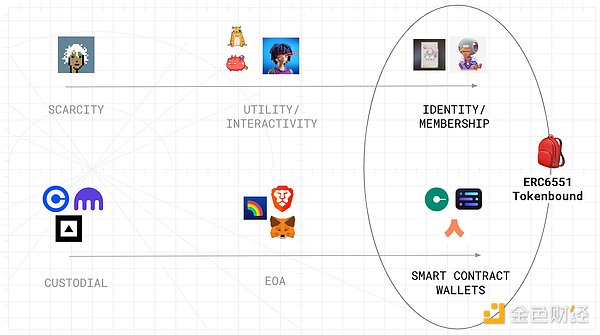
ERC-6551 brings fundamental changes to the NFT space, enabling NFTs to act as their own smart contract accounts.
ERC-6551 significantly expands the basic properties of ERC-721 tokens by allowing NFTs to own assets, interact with web3 applications, and act as on-chain identities. The composability of ERC-6551 means that it can be used in conjunction with other protocols and applications to create new and innovative NFT utilities.
For example, the original architecture of the AI-based simulation game Parallel Colony was inspired by ERC-6551 because the standard allows the game's AI agents to act as wallets and manage their own token assets.
3. Boosts
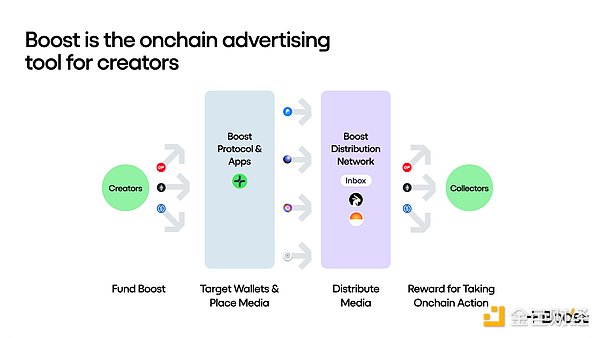
Boost is a distributed incentive protocol. It enables the deployment of incentives (i.e. tokens) to spur targeted on-chain action, and recently we’ve seen an increase in the deployment of Boost to drive participation in the minting of new NFTs.
For example, you could set up a Boost so that the top 100 minters of the latest NFT mint receive $2 in OP each as a reward. How you set the parameters is completely arbitrary and up to you, though.
That said, Boost’s open and composable design enables it to be easily integrated with other applications, making it an incentive lever for anyone who wants to leverage its capabilities.
4. DN-404

DN-404 is an optimized version of the ERC-404 experiment, which helped popularize a new way to create hybrid tokens that can be used as both fungible tokens (ERC-20) and non-fungible tokens (ERC-721).
As a result, DN-404 can be used for a variety of applications, such as enabling partial ownership of NFTs, increasing the liquidity of NFT projects, and creating new trading mechanisms that leverage fungible and NFT properties.
5. Nouns Protocol
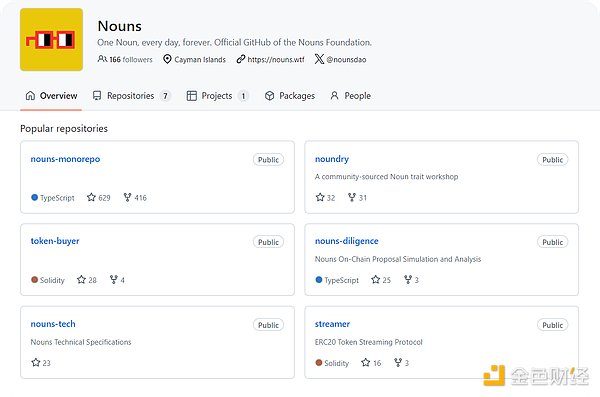
One of the most popular NFT primitives is the Nouns Protocol.
With this system, Nouns pioneered an all-in-one model for ongoing NFT generation, auctions, and community governance. To date, the foundation has inspired and been modified by dozens of spinoff projects, giving rise to the phrase "Nounish DAO".
The fully on-chain nature of the Nouns protocol also means that developers can launch new applications around Nouns at will.
6. Liquid Delegates
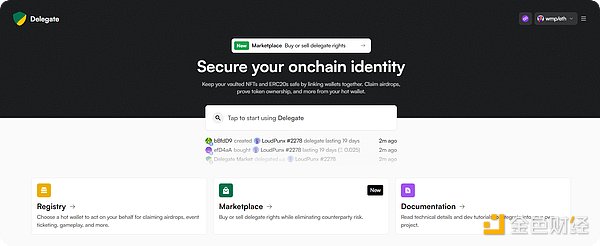
Created by the Delegate team, Liquid Delegates introduces a novel mechanism that allows delegation rights to be wrapped into tradable NFTs.
By allowing NFTs to delegate rights, Liquid Delegates adds the ability to trade those rights, claim airdrops, access token-gated communities, and more, all without transferring ownership of the underlying asset.
Projects can use this feature for a variety of purposes, but we typically see it integrated so that people can mint or claim tokens securely from their vault wallets.
7. Non-Fungible Vaults (NFVs)
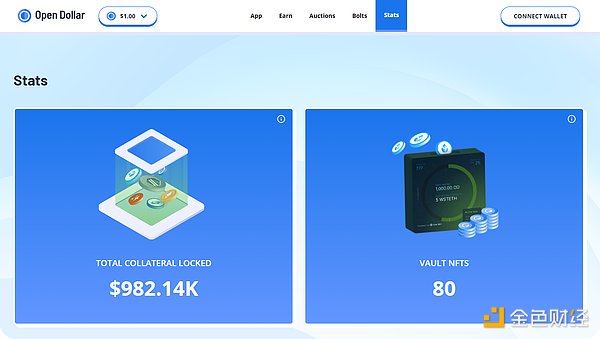
Developed by Open Dollar, non-fungible vaults (NFVs) tie collateralized debt positions (CDPs) to transferable NFTs instead of protocol accounts.
This primitive makes ownership of stablecoin borrowing positions liquid and transferable, improving capital efficiency and flexibility.
In other words? NFVs pave the way for the first secondary lending market in DeFi, and because they exist in the form of NFTs, they can be integrated into DeFi in new ways.
8. Liquid Listings

One of the newer NFT primitives is Flayer’s Liquid Listings, which allows rarer non-reserve NFTs to be deposited into a collection pool in exchange for “reserve tokens.”
These tokens (e.g. ƒMILADY) represent the reserve price of the NFT and can be sold to provide immediate liquidity, while the remaining value of the listing will be realized upon the eventual sale of the NFT.
Notably, this primitive uses Harberger fees to ensure fair pricing, making it easier to sell non-reserve NFTs and quickly gain liquidity in a frictionless manner.
 JinseFinance
JinseFinance








